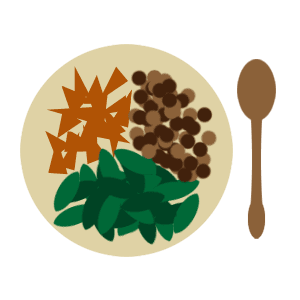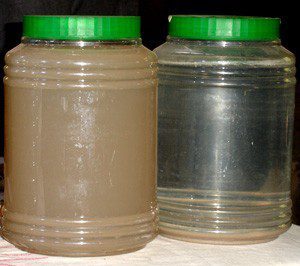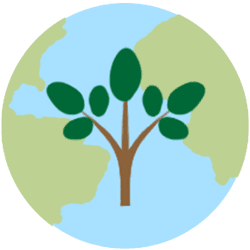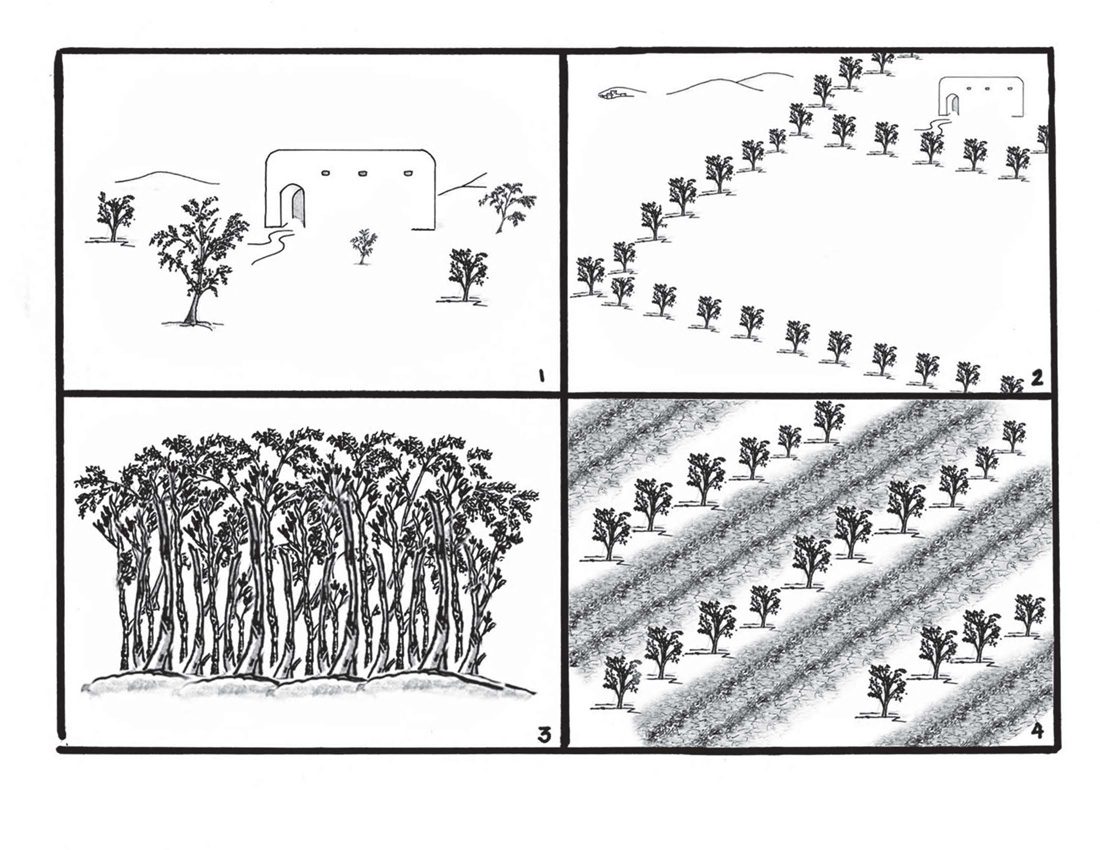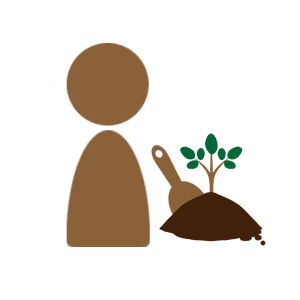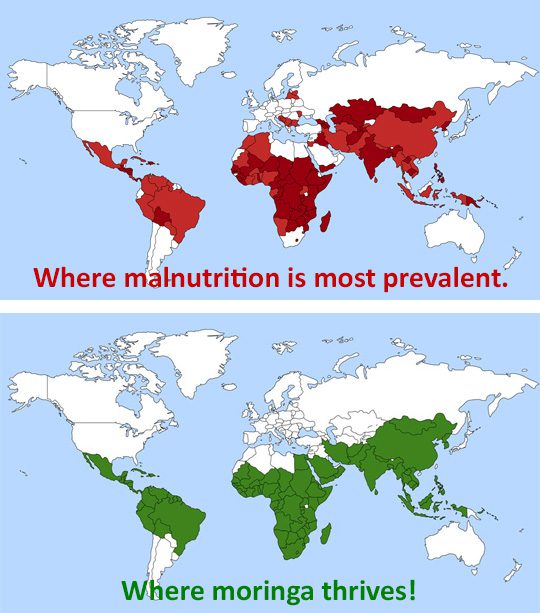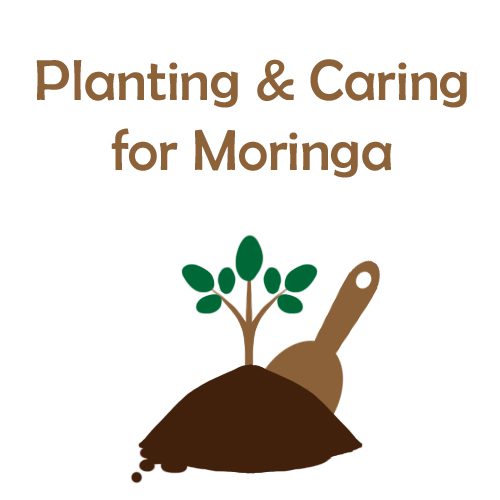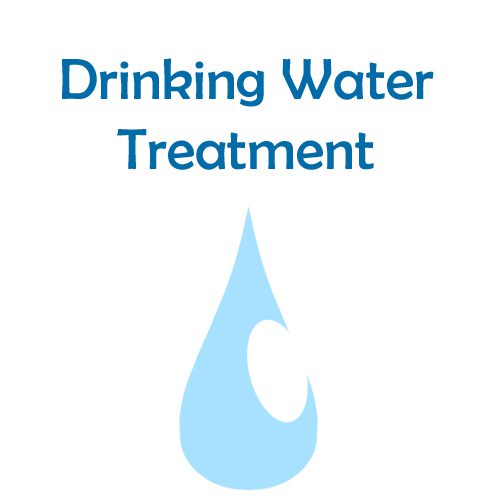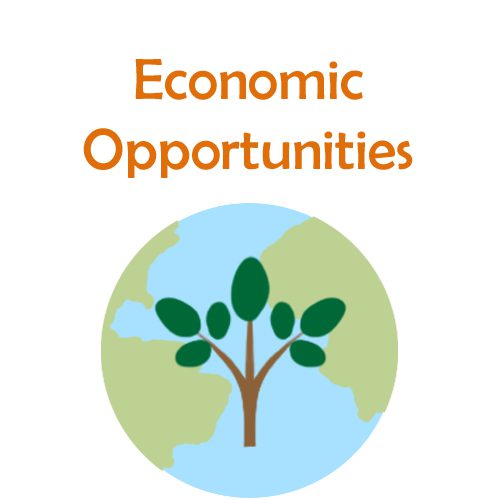The Moringa Tree Is Empowering Families
Learn more about the moringa tree and how it is utilized

WHAT IS MORINGA & WHY DOES IT MATTER? 🌿
Moringa is a multi-faceted, multi-purpose tree that thrives in the tropics.
- Its leaves contain high amounts of vitamins, minerals, protein, anti-oxidants, and amino acids and are an excellent weapon in the fight against malnutrition.
- Moringa seeds are able to clean drinking water and can also be pressed for a high-quality oil.
- It is easily propagated from either seeds or cuttings and grows well in marginal soils.
- This amazing tree also provides a multitude of products that can be sold in local markets, creating additional streams of family income.
- Moringa provides a multitude of planting options to assist in soil protection of replenishment of forest lands.
Moringa is an excellent resource for those facing issues of poor nutrition, unsafe drinking water, a lack of economic opportunities, and/or land degradation.
Why does it matter?
Because healthy land that produces good nutrition, clean water, and economic opportunities affects everything in life.
- Families who have a secure source of nutritious food, safe drinking water, and additional streams of income are more vibrant members of their communities.
- Pregnant women are stronger and healthier, giving birth to more robust babies and reducing the infant mortality rate.
- Children receive essential nourishment, becoming healthier, allowing them to regularly attend school and to retain what they learn.
- Parents are stronger and better able to work, providing for their families and participating in creating strong local and national economies.
- The land is protected and productive for generations to come.
Because empowering families to lift themselves out of poverty changes the world!
GOOD NUTRITION 🥗
 Moringa leaves are packed with 90+ micro- and macro-nutrients, playing a vital role in improving the health of families and increasing their food security. Here, we’ll concentrate on some of the major nutrients (for more comprehensive nutrient lists, see the links below).
Moringa leaves are packed with 90+ micro- and macro-nutrients, playing a vital role in improving the health of families and increasing their food security. Here, we’ll concentrate on some of the major nutrients (for more comprehensive nutrient lists, see the links below).
Fresh moringa leaves contain (gram-for-gram):
- 2 x the Protein of yogurt
- 4 x the Calcium of milk
- 3 x the Potassium of bananas
- 4 x the Vitamin A of carrots
- .75 x the Iron of spinach
- 7 x the Vitamin C of oranges
Moringa also contains antioxidants and ALL of the essential amino acids, which are the building blocks of proteins and must be taken in through the diet. Moringa leaves may be eaten fresh, cooked, or as a dried powder, which is then added to other foods. When moringa leaves are dried, their nutrients become highly concentrated.
Powdered dried moringa leaves contain (gram-for-gram):
- 9 x the Protein of yogurt
- 17 x the Calcium of milk
- 15 x the Potassium of bananas
- 10 x the Vitamin A of carrots
- 25 x the Iron of spinach
- .5 x the Vitamin C of oranges
(Vitamin C is water soluble, so most of it is lost when the leaves are dried.)
Moringa effectively combats malnutrition, increases milk production in lactating mothers, and improves the overall health of children and adults when added to the daily diet!
 Click on the link below to see the full nutritional power of moringa!
Click on the link below to see the full nutritional power of moringa!
Strong Harvest – The Miracle Tree Nutrient Charts
Learn how to add moringa to your daily diet at: Moringa Basics ~ Your “How To” Guide
 Moringa Oil
Moringa Oil
In addition to the rich nutrition in moringa leaves, the seeds contain a beautiful, golden, high-quality oil, similar to olive oil, which may be used for cooking, skin and hair care, lamp oil, or as a light machine oil. Moringa oil is also becoming a sought-after ingredient in the cosmetics industry. To learn how to press the oil, see our blog post: Seeds to Oil in 4 Easy Steps!
CLEAN WATER 🚰
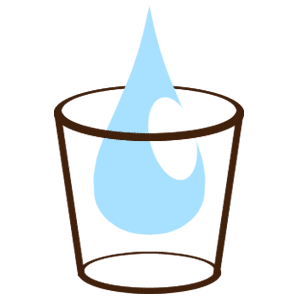
Moringa seeds can provide a family with clean water in even the most remote places.
Moringa seed powder is a natural coagulant which, when added to dirty water, will remove contaminants and bacteria:
“The seed kernels contain significant quantities of a series of low-molecular-weight, water-soluble proteins which, in solution, carry an overall positive charge. The proteins are considered to act similarly to synthetic, positively charged polymer coagulants. When added to raw water the proteins bind to the predominantly negatively charged particles that make raw waters turbid (silt, clay, bacteria, etc.). Under proper agitation these bound particles then grow in size to form the flocs, which may be left to settle by gravity or removed by filtration. This process will remove 90-99.9% of the bacteria which are attached to the solid particles, as well as clearing the water.”
(Folkard, G., Sutherland, J. and Al-Khalili, R, Water clarification using moringa oleifera seed coagulant. The Miracle Tree, edited by Lowell Fuglie, 2001.)
The photo above is from one of our demonstrations in Kashaguru, Tanzania. The container on the left is drinking water from a local well. The water in the container on the right was drawn from the same well at the same time, but has been treated with moringa seed powder. It took less than two hours to complete this treatment. Normally, it will take anywhere from two to twenty-four hours to complete the treatment.
Treating drinking water with moringa has the ability to drastically reduce water-borne illnesses which are a major cause of death in children under 5 years of age!
Learn more about the moringa seed water treatment process at:
Moringa Basics ~ Your “How To” Guide
Dr. Stephanie Velegol at Penn State University is researching moringa water treatment
Dr. Velegol and her team have proven that a water filter made with “functionalized sand” or “f-sand” – a simple process of mixing moringa seed powder with sand – will not only remove 99.999% of the contaminants from dirty water but will also kill the bacteria. This is the same quality level as bottled water.
This is exciting news as we work toward creating a prototype for in-home water filters made with sustainable, locally sourced materials in each of the countries we work. This will give families without access to clean drinking water an easy, affordable, sustainable way to have healthy, clean, clear drinking water!
Click here to see how moringa stacks up against other water treatment methods.
INCREASED INCOME - ECONOMIC OPPORTUNITY 💲

Moringa trees contribute to the economic health and vitality of families and entire communities.
The first economic benefit that families realize is that since they are not sick as often, they are spending less of their scarce financial resources on clinics and medicines. This means there is more money available to meet family needs.
In addition, when moringa gains value in a community, it naturally becomes a commodity that can be sold in the local market providing additional family income.
Parents are able to pay for the essentials:
- Food and housing
- School fees
- Shoes and clothing
- Mosquito nets
- And much more!
Moringa products include:
- Fresh leaves
- Dried leaf powder
- Green seed pods (eaten as a vegetable)
- Seeds
- Seed powder (for water treatment)
- Saplings
- Oil (highly nutritious oil from seeds for cooking, light machine, cosmetics)
- Soap
- Animal feed – branches, leaf powder, and seed cake (remaining after pressing for oil)
- Fertilizer (from seed cake that remains after pressing for oil)
- Leaf extract for crop spray (to enhance growth)
For those who wish to use moringa as an additional source of income, Strong Harvest assists in the identification of local, regional, and international market pathways.
See Moringa Basics ~ Your “How To” Guide to learn how developing-world families can create economic opportunities with moringa.
SOIL PRESERVATION - ENVIRONMENTAL SUSTAINABILITY 🌱
Moringa trees play a vital role in environmental sustainability through:
- Erosion Control
- Reforestation
- Reduction of greenhouse gases
- Reversal of desertification
- Increased biodiversity
According to the World Health Organization, “land degradation is caused by agricultural and livestock production (over-cultivation, overgrazing, forest conversion), urbanization and deforestation, and extreme weather events such as droughts and coastal surges which salinate land. All of which can result in desertification, a form of land degradation in which fertile land becomes desert.”
Land degradation and desertification have a devastating affect on human health through “higher threats of malnutrition from reduced food and water supplies, more water- and food-borne diseases that result from poor hygiene and a lack of clean water, respiratory diseases caused by atmospheric dust from wind erosion and other air pollutants, and the spread of infectious diseases as populations migrate.”
Moringa gives developing-world families the power to:
- Restore their local environment
- Impact global reforestation
Moringa provides multiple options for:
- Erosion control through windbreaks and soil anchoring
- Cooling and shade for other plants
- Retained moisture and nutrients in the soil
- Habitat for birds, animals, and beneficial insects
Planting options include:
- Strategically around the home to provide shade for people, animals, and kitchen gardens
- Around the perimeter of the property as a windbreak
- Intensively as a living fence or in a small plot for leaf production
- Inter-cropped with other food crops such as maize or beans
Below are some examples of using moringa for erosion control and shading of other crops.
In Tanzania, Rick (SHI’s co-founder) worked with farmers to create contour lines in the corn and bean fields to reduce erosion. Contour lines are the perfect place to plant moringa since other crops cannot be planted there and the trees will help to stabilize the soil. Photos: (Left) Marking the lines where moringa will be planted. (Middle) Mounds where moringa trees have been planted. Corn has been planted in the plowed areas. (Right) Moringa trees just a few months later with the corn growing right up next to them. Since moringa is a tap root, it does not have widespread roots that undermine or compete with the crops for water and nutrients.
Moringa trees were also planted in the bean fields so that as they grew, they would not only aid with erosion control, but also provide a light shade cover for the bean crop.
Strong Harvest is keenly aware of the need to regenerate forest lands world-wide.
We are actively engaged in the global effort by empowering families to plant and use moringa to:
- Sustainably feed their families
- Improve their livelihoods
- Reforest their communities and the world
Stay up-to-date on the state of forest lands where Strong Harvest works by accessing Global Forest Watch:
ADDITIONAL BENEFITS
 Even more great things to know
Even more great things to know
- A moringa tree provides 20 years of prime leaf and seed production and will continue to produce for many more years.
- Just a few moringa trees will provide enough leaves and seeds for family use.
- Moringa is easy to grow with the first leaf harvest occurring within 3 to 6 months.
- It can also be planted intensively, yielding a large amount of nutritious leaves while using a very small amount of land.
- Farmers can intercrop it with other food crops; it will provide a light shade cover to protect surrounding crops.
- It is highly drought-resistant and needs little water once established.
- Moringa can be planted as a living fence, providing great nutrition and security at the same time.
Moringa grows right where the families live who need it most!
Moringa Basics – Your “How-To” Guide:
